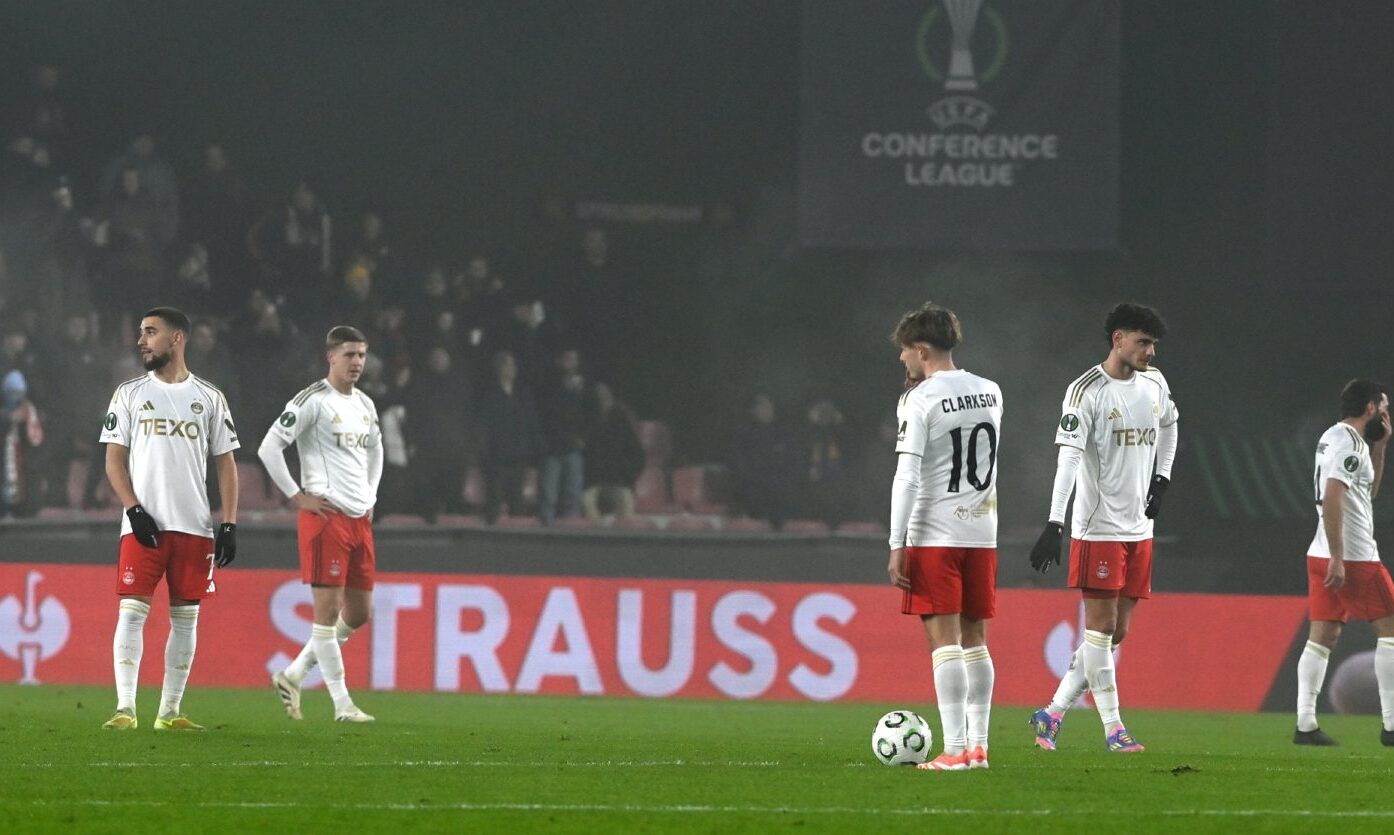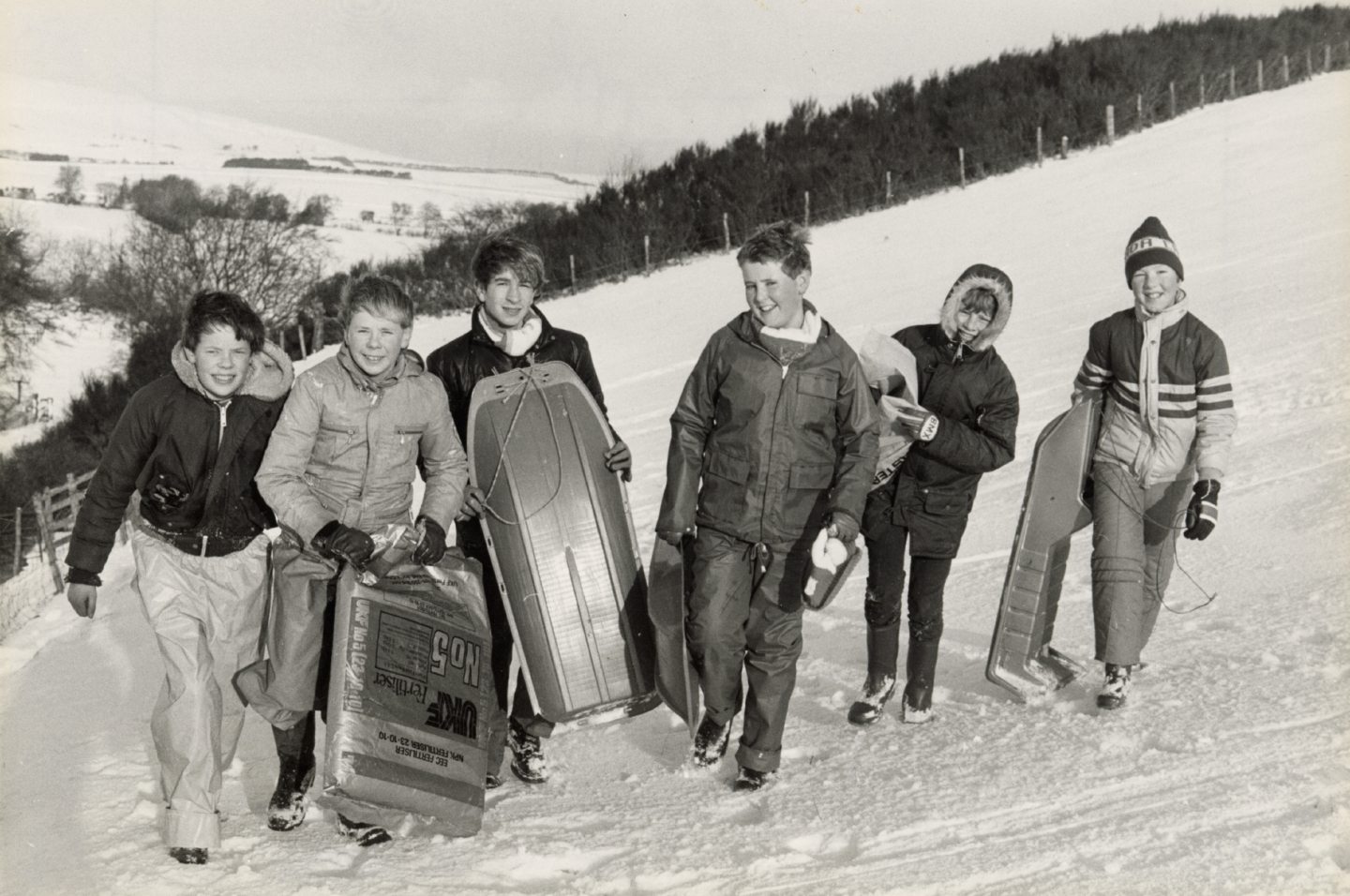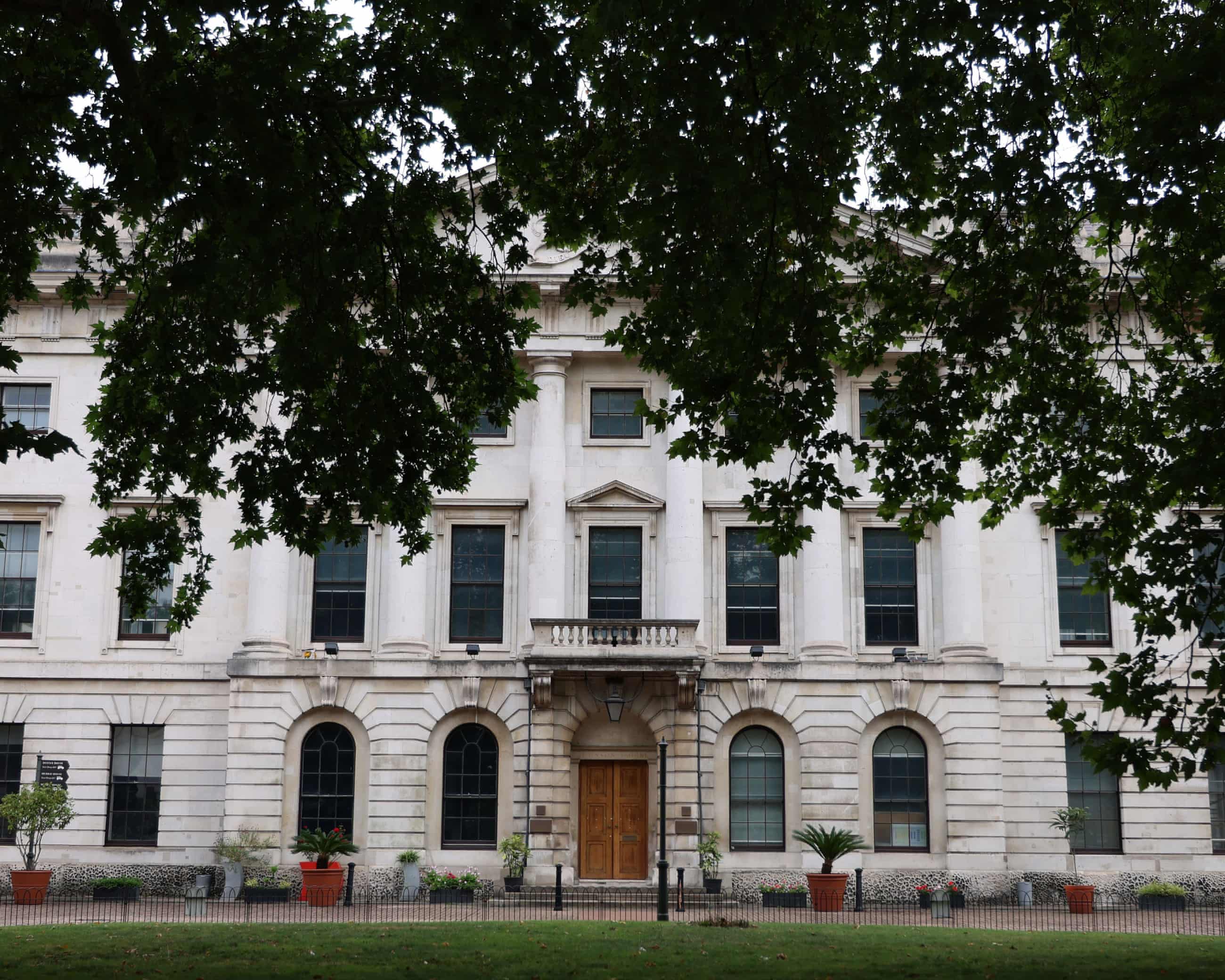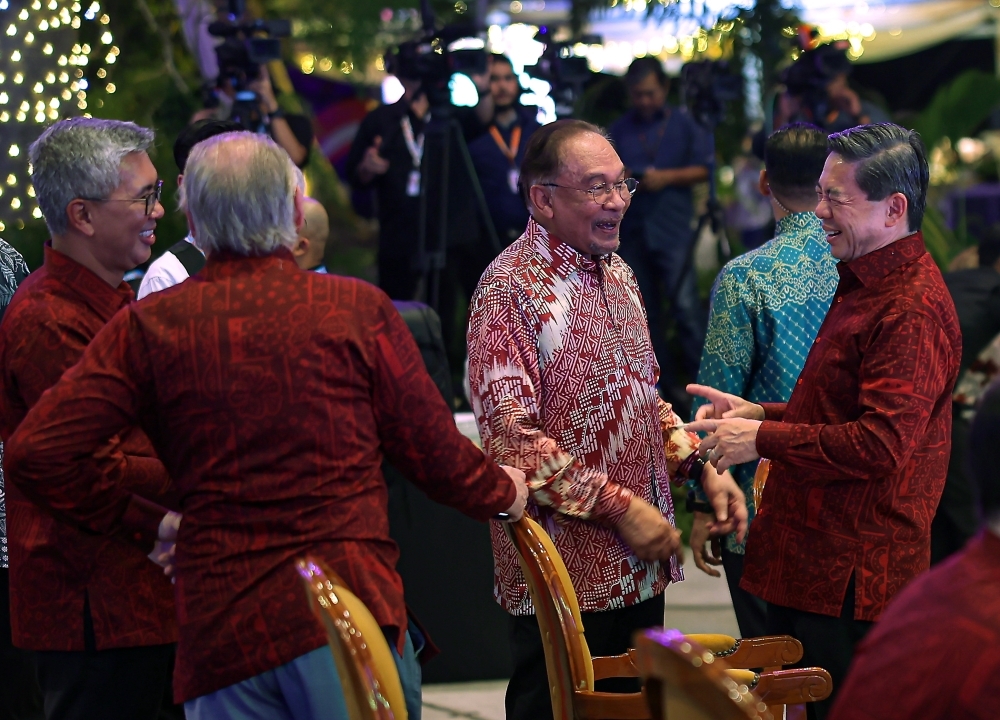The closed shop that keeps a union stranglehold on the Tube
London Underground train driver jobs must be advertised internally before external candidates can apply

The power of union bosses to shut down the London Underground in a constant cycle of strikes revolves around an archaic labour deal that enshrines 1970s-era hiring practices.
The agreement, forced on Transport for London (TfL) after a walkout in 2008, requires all train driver jobs to be advertised internally before external candidates are able to apply.
In practice, the £71,000 annual salary paid to drivers means that almost all vacant posts have been filled from the Underground’s existing workforce for the past 17 years, other than a small number recruited for the less popular Night Tube, which started running in 2016.
That means that the ranks of 4,000 drivers are wholly unionised, in defiance of legislation that outlawed so-called closed shop requirements for employees to join a union in the 1990s.
Critics of the agreement say it perpetuates a union stranglehold over the Tube, handing the Rail and Maritime Union (RMT) and Aslef, which represent drivers, the ability to shut down the entire network while denying management the ability to recruit staff who might be less inclined to strike.
Elliot Keck, of the Taxpayers’ Alliance think tank, said that creating an open market for the recruitment of drivers would be “the obvious way to break the grip of the unions”.
He added: “You could have non-strike agreements with the new drivers and maybe give them a small pay incentive to sign up.
“Right now it’s a closed shop, essentially. You have to work for TfL for a certain amount of time, work your way up through the ranks, and then you can become a Tube driver.
“It’s very unfair for those people who want to become drivers and could do a very good job, but can’t because they are outside the network.”
Mr Keck said that the salary paid to drivers is not the market rate and that, given the perks of the job, external candidates would be willing to work for significantly less, saving money for TfL and diluting the power of the unions.
He said: “You have average pay of £70,000, a four-day week at 35 hours, unlimited free travel on the transport network for life for you and your family, and 40 days of annual leave.
“Obviously, there are some downsides. A lot of them spend their whole day underground, which is not very pleasant. But you might say that about people who sit behind a desk for hours staring at a screen.
“I can guarantee that if you threw the job open at 80pc of the current salary, you would be oversubscribed and have more than enough people applying to end the cycle of strikes.”
However, Keck added that unless “the profit motive” is brought to bear on TfL, which answers to Sir Sadiq Khan, the Mayor of London, and has received more than £5bn in emergency funding from the Government, it has no incentive to address the driver recruitment issue.
He said: “If they knew the money wasn’t going to be available, they would bring in the necessary changes to their workforce and to their employment policy.
“You could end this very quickly and break the stranglehold of the unions with just a little bit of political courage.”
This week’s strike by members of the RMT, which has disrupted travel for millions of commuters, comes with Labour’s new employment rights bill poised to become law.
That will sweep away Tory legislation enabling employers, including TfL, to issue “work notices” requiring staff to provide a minimum level of service even during strikes, though Sir Sadiq has declined to apply the law during the current dispute.
Andrew Gilligan, of the Policy Exchange think tank, said that recruiting a new cohort of “conservative, middle-class drivers who are less likely to go on strike” would be transformational for labour relations on the Tube.
Gilligan said he drew up plans to combat the ability of unions to bring London to a halt when acting as adviser to Boris Johnson during the former prime minister’s spell as mayor.
He said he concluded that taking on the unions in a set-piece confrontation, as Rupert Murdoch did when facing down print unions in the Wapping dispute in the 1980s, would not work given the dispersed nature of the Tube workforce, based at numerous depots and stations.
Instead, Gilligan said, each Tube line could first be made into a separate entity owned by a separate company, with each negotiating its own pay deals.
He said: “Under union legislation, they could only strike on one line at a time so they could never bring the whole system to a halt.
“You’re undermining the hiring agreement, but in a gradual, planned way. It might take two or three years but it would absolutely be a feasible way forward.”
Other steps to weaken union power could include shortening the six to 12-month training period for drivers, “used by the unions as a way of restricting and controlling the supply of labour.”
Gilligan said: “Bluntly, it shouldn’t take much more than a month to train a Tube driver. If you could get the period down to that you could train people far more quickly and have a bigger labour pool to replace anyone who feels like striking and isn’t being reasonable.”
Mr Gilligan said there have also been issues around what he called the poor quality of management on the Tube, which means that workers have been historically inclined to put more trust in the unions.
The Taxpayers’ Alliance said that restrictions on driver hiring and the power that conveys to unions must also be confronted if the Tube is to move towards further automation.
Keck said: “You need to break the stranglehold in the short term so that you can think about what the Tube should look like in 50 years’ time.
“Automation is the long-term solution, but it would cause chaos at the moment because the second you moved in that direction the unions would simply strike until you backed down.”
TfL said that while union agreements require posts to be advertised internally, with external postings “extremely rare,” there are some advantages to recruiting from a pool of people who are a known quantity.
A spokesman said: “The people we bring in already have a good amount of system-specific knowledge about the Underground that is very beneficial to becoming a Tube driver, so we don’t have to train people absolutely from scratch in those areas.
“We also get a good opportunity to really assess people based on what they have done elsewhere in London Underground so we have more information than we would an external candidate.”
[Source: Daily Telegraph]





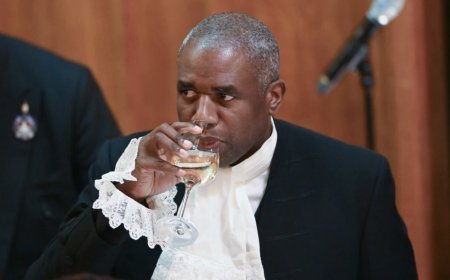







/file/attachments/orphans/rebecca-hague-mothers_864112.jpg)















